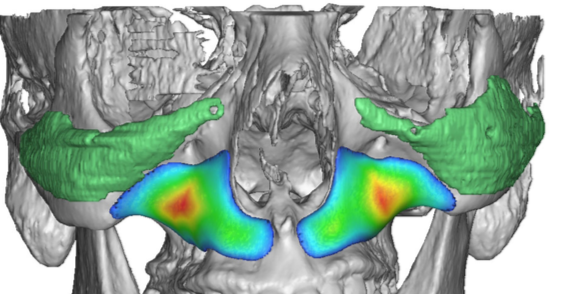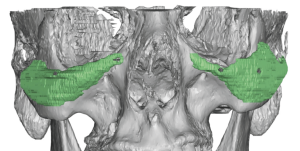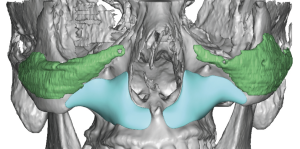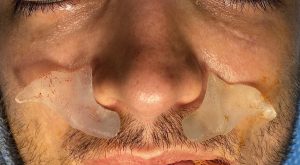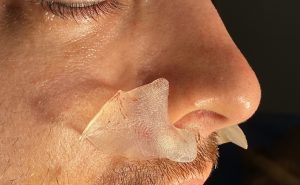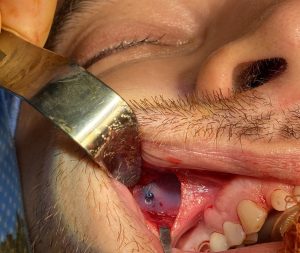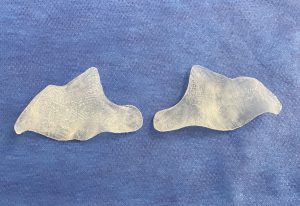Background: A midface deficiency affects the middle third of the face from the infraorbital rims down to the maxillary alveolus. In its classic presentation the patient has a class III malocclusion or underbite but that may not be evident if prior orthodontic correction and orthognathic surgery has been done. Despite a corrected occlusion the midface will still have an aesthetic deficiency from undereye hollows superiorly down to a recessed nasal base inferiorly.
Correction of the deficient midface above the alveolus is usually treated by implant augmentation. Standard implants that exist for the midface include cheek, tear trough and paranasal/premaxillary implants. They can be effective for modest deficiencies but lack the ability to create an overall connected midface augmentation effect. Only custom designed implants can address all deficient areas of the midface by essentially expanding the infraorbital rim-maxillary bony contours.
For the midface custom implants can be designed to cover all of the midface or just select parts of it. Some patients start right from the beginning and treat the entire problem with an implant design known as the midface mask. Others start out with augmenting one area of the midface with the realization that a more complete midface effect is desired later…as the following case illustrates.
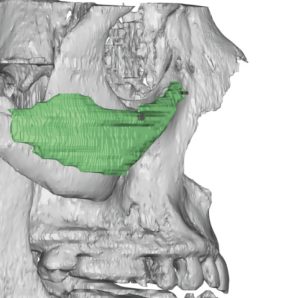
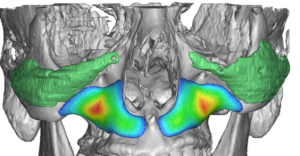

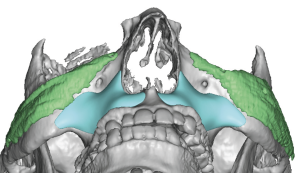
Case Highlights:
1) A paranasal deficiency is often part of an overall maxillary midface deficiency.
2) Augmenting a maxillary midface deficiency requires an extended paranasal-maxillary implant design.
3) Placed intraorally a custom paranasal-maxillary implant is secured by screw fixation to the zygomatic body.
Dr. Barry Eppley
Indianapolis, Indiana

